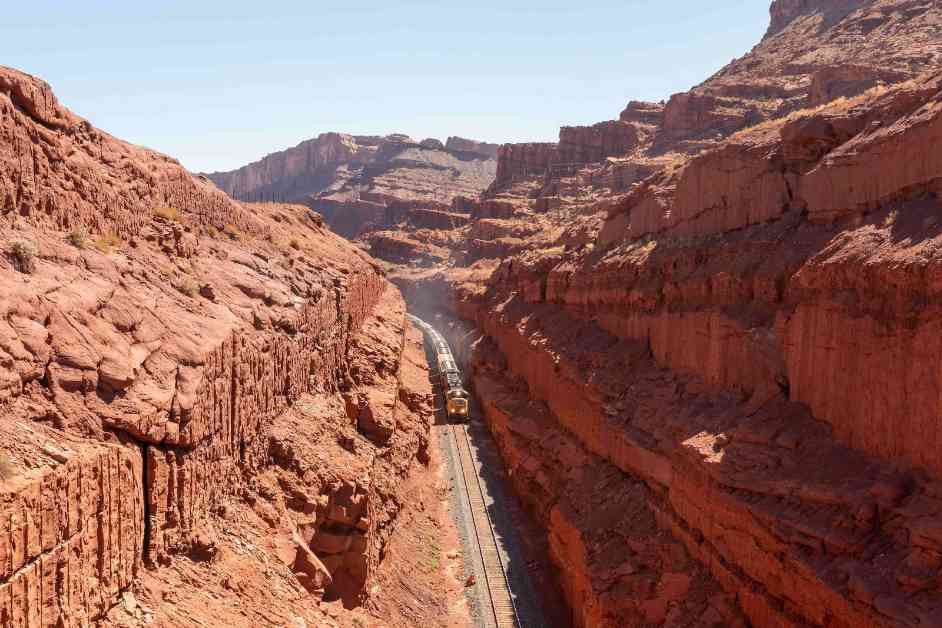The proposed Uinta Basin Railway in Utah has sparked a heated debate over environmental legislation and fossil fuel development. The ambitious project aimed to transport 350,000 barrels of waxy crude oil from the Uinta Basin region to Gulf Coast refineries through an 88-mile rail line. However, the railway faces insurmountable challenges due to the treacherous terrain of the Wasatch and Uinta Mountains, making it both dangerous and costly to construct.
NEPA Under Fire
One of the most contentious points of contention surrounding the Uinta Basin Railway is the National Environmental Policy Act (NEPA). NEPA, enacted in 1970, mandates federal agencies to assess the environmental and public health impacts of various projects, including oil and gas endeavors. Critics of NEPA, such as former Solicitor General Paul Clement, argue that the law hinders infrastructure progress by creating unnecessary regulatory hurdles and delays.
Financial Feasibility Concerns
Despite the pushback against NEPA, the financial viability of the Uinta Basin Railway remains a significant obstacle. A feasibility study estimated the project’s construction cost at $5 billion, requiring government funding due to the lack of private sector interest. The appeals court invalidated the Surface Transportation Board’s approval of the railway, questioning its economic sustainability and feasibility.
Supreme Court Showdown
The case has now reached the Supreme Court, where justices are deliberating the broader implications of NEPA on environmental regulations. While some justices express skepticism about the law’s scope, others, like Justice Sonia Sotomayor, advocate for a comprehensive consideration of potential impacts, such as air pollution and water contamination. A ruling in favor of limiting NEPA’s reach could have far-reaching consequences for future infrastructure projects and environmental protections.
As the legal battle unfolds, the fate of the Uinta Basin Railway hangs in the balance. While proponents seek to streamline the regulatory process, environmentalists and advocacy groups warn of the dangers of bypassing crucial environmental assessments. The Supreme Court’s decision will not only impact the railway project but also set a precedent for future environmental legislation and oversight in the United States. Stay tuned for the final verdict expected by June next year.














